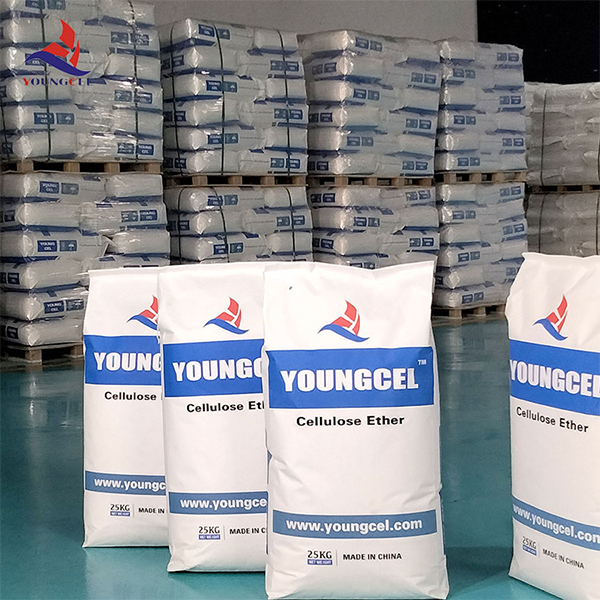Understanding Hydroxypropyl Methylcellulose (HPMC) A Multifaceted Polymer
Hydroxypropyl Methylcellulose (HPMC) is a versatile and widely utilized polymer in various industries, particularly in pharmaceuticals, food, and construction. This article aims to explore the properties, applications, and significance of HPMC, shedding light on why it has become a critical ingredient in numerous formulations.
What is HPMC?
HPMC is a semi-synthetic polymer derived from natural cellulose. It is produced through the chemical modification of cellulose, which is extracted from plant sources such as cotton and wood pulp. The modification process involves the substitution of hydroxyl groups in cellulose with hydroxypropyl and methyl groups, increasing its solubility in water and enhancing its functionality. The resultant product exhibits a range of molecular weights and degrees of substitution, allowing for customized properties suitable for various applications.
Properties of HPMC
HPMC is renowned for its unique set of physical and chemical properties
1. Water Solubility One of the most significant features of HPMC is its ability to dissolve in water, forming a clear, viscous solution. This property makes it an ideal thickening agent and stabilizer.
2. Thermal Stability HPMC exhibits stability under a broad range of temperatures, making it suitable for applications that require exposure to heat.
3. Film-Forming Capabilities HPMC can form flexible and transparent films upon drying. This property is beneficial in coating applications, particularly in pharmaceuticals and food products.
4. Biocompatibility As a cellulose derivative, HPMC is biocompatible and generally recognized as safe (GRAS) by the FDA, making it suitable for use in food and medical products.
5. Controlled Release In therapeutic formulations, HPMC serves as a matrix polymer that can control the release of active pharmaceutical ingredients (APIs), providing sustained drug delivery.
hydroxypropyl methyl cellulos hpmc

Applications of HPMC
The versatility of HPMC enables its application across various industries
1. Pharmaceuticals In the pharmaceutical sector, HPMC is used as a binder in tablet formulations, a coating agent for controlled release drugs, and a thickener in suspensions. Its ability to control viscosity and stabilize formulations makes it a crucial excipient in drug manufacturing.
2. Food Industry HPMC is commonly used as a food additive, serving as a thickener, emulsifier, and stabilizer. It enhances the texture and consistency of products like sauces, dressings, and baked goods. Its emulsifying properties help in maintaining the stability of oil-in-water emulsions, ensuring a uniform distribution of ingredients.
3. Construction Materials In the construction industry, HPMC is employed in tile adhesives, mortars, and plasters. It improves the workability and adhesion properties of these materials, enhancing their performance in construction applications.
4. Cosmetics and Personal Care HPMC is also found in cosmetic formulations, where it acts as a thickening agent and film former. It helps improve the feel and stability of products such as lotions, creams, and gels.
5. Household Products Home care products often contain HPMC due to its thickening and stabilizing properties, ensuring that formulations are easy to apply and effective.
Conclusion
Hydroxypropyl Methylcellulose (HPMC) stands out as a critical component in various applications due to its unique properties and versatility. From pharmaceuticals to food products, HPMC plays a crucial role in enhancing product performance and stability. As industries continue to seek innovative solutions to meet consumer demands, HPMC's importance is expected to grow, making it an essential subject of study and application in the scientific and industrial realms. Its wide-ranging benefits underscore the significance of this semi-synthetic polymer in contemporary formulations, reaffirming its place as a valuable ingredient across multiple sectors.
In summary, whether you are involved in formulating a new pharmaceutical product, developing a food recipe, or creating construction materials, understanding and utilizing HPMC can lead to improved product quality and consumer satisfaction.
-
Rdp Powder: Key Considerations for Wholesalers in the Building Materials IndustryNewsJul.08,2025
-
Key Considerations for Wholesalers: Navigating the World of Hpmc - Based ProductsNewsJul.08,2025
-
Hpmc Detergent: Key Considerations for WholesalersNewsJul.08,2025
-
Key Considerations for Wholesalers: China Hpmc For Tile Adhesive, Coating Additives, Concrete Additives, and MoreNewsJul.08,2025
-
Crucial Considerations for Wholesalers: Navigating the World of Construction MaterialsNewsJul.08,2025
-
Key Considerations for Wholesalers Sourcing Additive For Cement, Additive For Concrete, Additive For Putty from Additive Manufacturer Shijiazhuang Gaocheng District Yongfeng Cellulose Co., Ltd.NewsJul.08,2025




